The pros and cons of income-based loan repayment options
There are roughly four different kinds of income based loan repayment options available to borrowers who have taken advantage of loans provided by the federal government. These programs, in most cases, allow graduates to only pay as much as they can afford every month towards their loan debt – including the principal and interest accrued – based upon their income levels. For students just exiting college, a program like this can be a huge boon, especially if they are having trouble securing that high-paying job that they thought would be waiting for them once they earned their degree – probably a big reason why they took out student loans in the first place.
However, these programs aren't perfect for all demographics. Most income based student loan repayment options will require that a borrower pays less every month, but interest still accrues at the same rate as before. This means that the size of your debt burden will grow even greater while you are paying less than if you had stuck to a less affordable plan. The safety net provided by the government ensures that after a period of time – generally between 10 to 25 years – a borrower's loans will be forgiven. However, many people who take part in an income based loan program eventually do secure a higher-paying job, end up paying more towards their loan monthly as their income increases, and finish paying off their debt before the grace period comes.
According to a report from the New America Foundation, an analytics group, the only borrowers who truly benefit from the loan forgiveness provision are low-income graduates whose income stays low, borrowers who have very high student loan debt and those who qualify for public service loan forgiveness, which kicks in after 10 years of payments.
